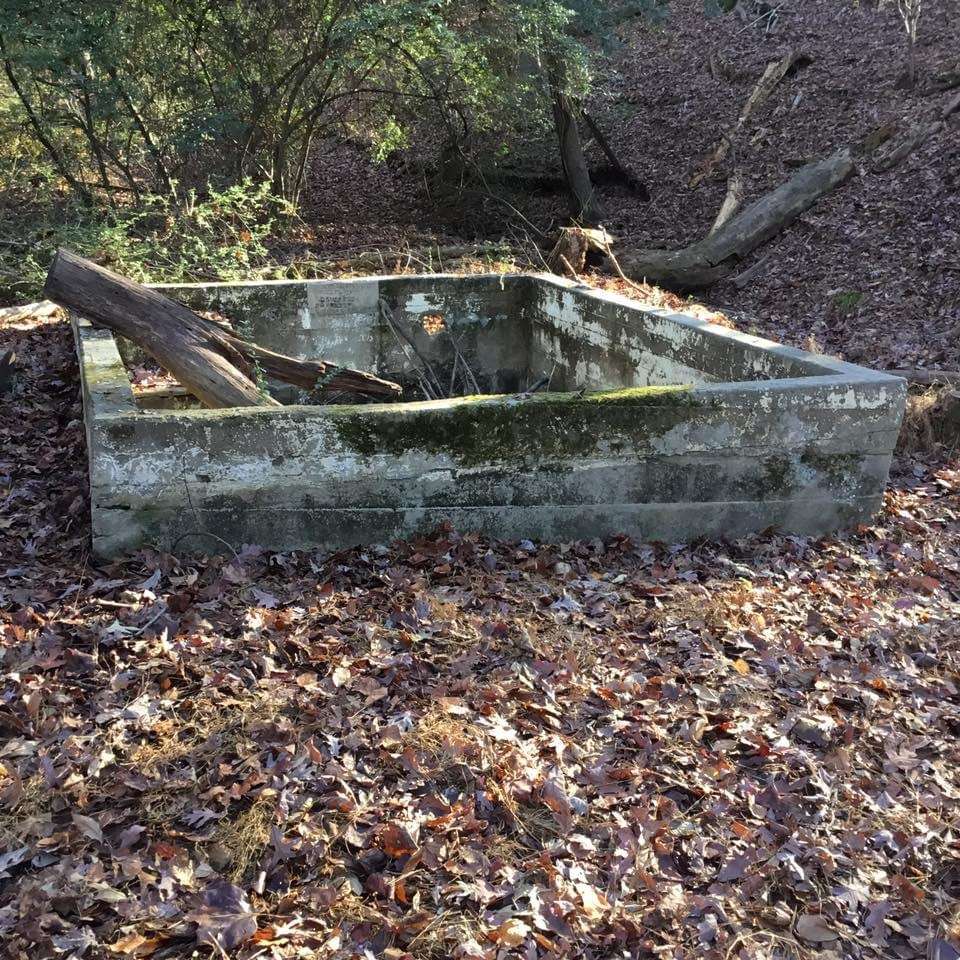Rites of passage, like baptisms, are an important part of a community’s history and culture. When I was baptized in 1987 at Temple Baptist Church in Blue Ridge, Georgia, it was done in an indoor baptismal pool in front of the congregation. I remember it well. My grandfather was the custodian for the church, and we started filling the pool with water the day before. The water was heated with an iron rod that was plugged in, dropped in the water the night before Sunday and removed just before the baptism to avoid the chance of accidental electrocution. The water was still cold, and I am still alive.

Growing up, I witnessed baptisms at any number of locations. Although not as common in modern times, I have attended outdoor baptisms in creeks, rivers, lakes and in many other places — all that is required at these rites of passage are water and witnesses. Time has changed how baptisms are performed, but it has not erased the stories told from memory and the physical remains of outdoor baptismal pools. In Sugar Hill, there are two outdoor baptismal pools, and the locations are great to explore for those who do not mind using their imaginations to remember a time and place in the past.
Just off Whitehead Road and near where Spring Hill Drive is today, there was a baptismal pool called Hawkins Spring used by the community. It was built when the area of Spring Hill Drive and Whitehead Road looked a lot different than it does today. Louie Grizzle remembers a time when there were only four houses on Whitehead Road. The Hawkins’ had a pasture with a spring that fed into a small creek that eventually made it to the Chattahoochee River. The community built a baptismal pool out of cement blocks, which was filled with water from the spring for the baptisms. Louie remembers that they would have to fill the pool at least two days in advance because the water coming out of the spring was so cold. Years ago, a lightning strike destroyed a portion of the wall of the pool. Joe Cochran, for many years, used what was left of the baptismal fount for his pigs. A small portion of the baptismal pool remains on the creek.

Another baptismal pool, built in 1946, still exists on undeveloped property near Kendrix Road off Suwanee Dam Road. It was built out of cement blocks at the headwaters of what is now called Crayfish Creek, and it is just outside of Sugar Hill’s city limits. Because J.D. Sudderth, J.B Pruitt and Thomas Pruitt etched their names in the cement, we know who built it and when it was completed — Sept. 18, 1946. A set of stairs was used to walk down into the pool. All three men were active at Riverside Baptist Church, and this was built to serve this congregation in the Riverside Community of Sugar Hill. Thomas and J.B were brothers and businessmen. J.B owned a garage behind the Buford Drive-In Movie Theater that closed in the 1980s. There is no doubt these three men and the Riverside Community were proud of this baptismal pool and what it provided to countless members of the community who were able to be baptized in front of family and friends.
There are many traditions that are passed down over the generations, but very few rites of passage like baptisms that have lasted and been a part of the human story for centuries. Sugar Hill is young compared to the history of many communities but the stories of those who felt, both the literal and symbolic, soul cleansing effect of ice-cold spring or creek water, are worth telling and passing down to future generations.




